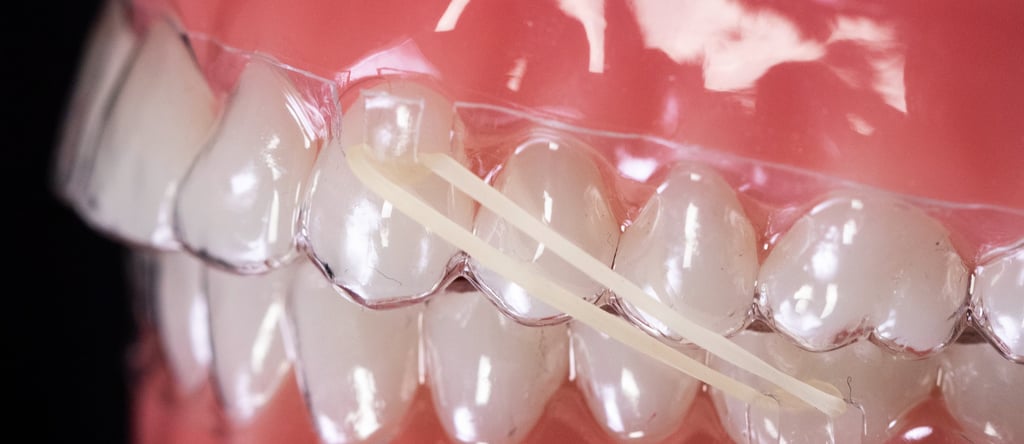Intrusion and Extrusion Movements: Diagnosing Vertical Limits in Aligner Biomechanics
Vertical tooth movements—specifically intrusion and extrusion—present a unique biomechanical challenge in clear aligner therapy. While aligners are known for their efficacy in mild to moderate malocclusions, vertical control requires precision, especially when working within biological and anatomical limits. For clinicians, the success of these movements lies not only in planning but in the diagnostic criteria used before initiating treatment.
Azeem Jameel
4/7/20252 min read


Intrusion and Extrusion Movements: Diagnosing Vertical Limits in Aligner Biomechanics
Vertical tooth movements—specifically intrusion and extrusion—present a unique biomechanical challenge in clear aligner therapy. While aligners are known for their efficacy in mild to moderate malocclusions, vertical control requires precision, especially when working within biological and anatomical limits. For clinicians, the success of these movements lies not only in planning but in the diagnostic criteria used before initiating treatment.
Understanding the Biomechanical Landscape
Clear aligners apply forces through programmed tooth movements and attachments. However, due to their plastic nature and lack of fixed anchorage, achieving predictable intrusion or extrusion can be more complex than with traditional braces. Before planning, a careful evaluation of several vertical diagnostic parameters is essential.
Key Diagnostic Criteria
1. Root Length and Morphology
Short roots or tapered roots may limit the extent of movement possible without increasing the risk of root resorption. Pre-treatment radiographs and CBCT scans offer a detailed understanding of root integrity and support. Roots with abnormal anatomy (e.g., dilacerations) may pose resistance to movement or complicate force distribution.
2. Alveolar Bone Support
Adequate bone height and volume are essential to facilitate safe vertical movements. In patients with periodontal compromise or bone loss, attempting significant intrusion or extrusion can lead to further attachment loss or mobility. Bone mapping via CBCT helps visualize vertical bone limitations.
3. Crown-Root Ratio
A poor crown-to-root ratio (i.e., a long crown and short root) reduces the stability of the tooth during vertical forces. In such cases, even minimal extrusion can compromise long-term support. Diagnostic wax-ups or digital setups should account for this ratio when planning changes in vertical positioning.
4. Occlusal Forces and Functional Interference
Identifying the direction and intensity of occlusal forces is crucial. Teeth under high functional load may not respond well to intrusion or extrusion. Parafunctional habits like bruxism can further reduce the predictability of movement.
Case-Based Planning: Intrusion vs. Extrusion
Case 1: Intrusion of Overerupted Anterior Teeth
A patient presents with deep bite and overerupted upper incisors. Intrusion is planned using optimized attachments and sequential force staging. Pre-treatment imaging shows favorable root length and healthy bone support. The aligner plan limits the intrusion to 1.5 mm per tooth, staged gradually to minimize side effects. Interarch elastics may assist in anchorage if posterior support is insufficient.
Case 2: Extrusion of a Peg Lateral
In this aesthetic case, a peg lateral is being extruded for prosthetic build-up. Since extrusion with aligners is mechanically less favorable, composite attachments and auxiliary tools (e.g., aligner hooks with elastics) are used. The tooth’s root is short, but because minimal extrusion (<1 mm) is needed and bone support is adequate, the risk is acceptable.
Biomechanical Aids to Improve Vertical Control
Optimized Attachments: Custom-designed for vertical movement, these help generate needed forces on specific surfaces.
Auxiliaries: Elastics, bite ramps, and even TADs (in select cases) can reinforce vertical movement in resistant scenarios.
Force Staging: Programming smaller, incremental movements over more aligner steps increases predictability.
Overcorrection Planning: Particularly useful in extrusion cases where relapse is common.
Clinical Insight
It’s vital to remember that not all vertical movements are created equal. Intrusion is generally more predictable with aligners, especially when sufficient posterior anchorage is present. Extrusion, by contrast, often requires the aid of biomechanics outside the aligner itself.
Final Thoughts
When planning vertical movements with clear aligners, understanding the anatomical limitations is non-negotiable. Through a thorough diagnosis—evaluating root length, bone support, and crown morphology—clinicians can design biomechanical plans that are not only effective but biologically safe. The key lies in balancing ambition with anatomy.

Connect
Social Accounts
+1 830 7451 586
Building 595, Block H3, Phase 2
Johar town, Lahore Pakistan
Address
Mail at:
Call at:


ClearCare Ortho offers premium-quality, exceptionally clear, and affordable orthodontic aligner treatments worldwide.
© 2023 Copyright ClearCare Ortho All Right Reserved.
info@clearcareortho.com
